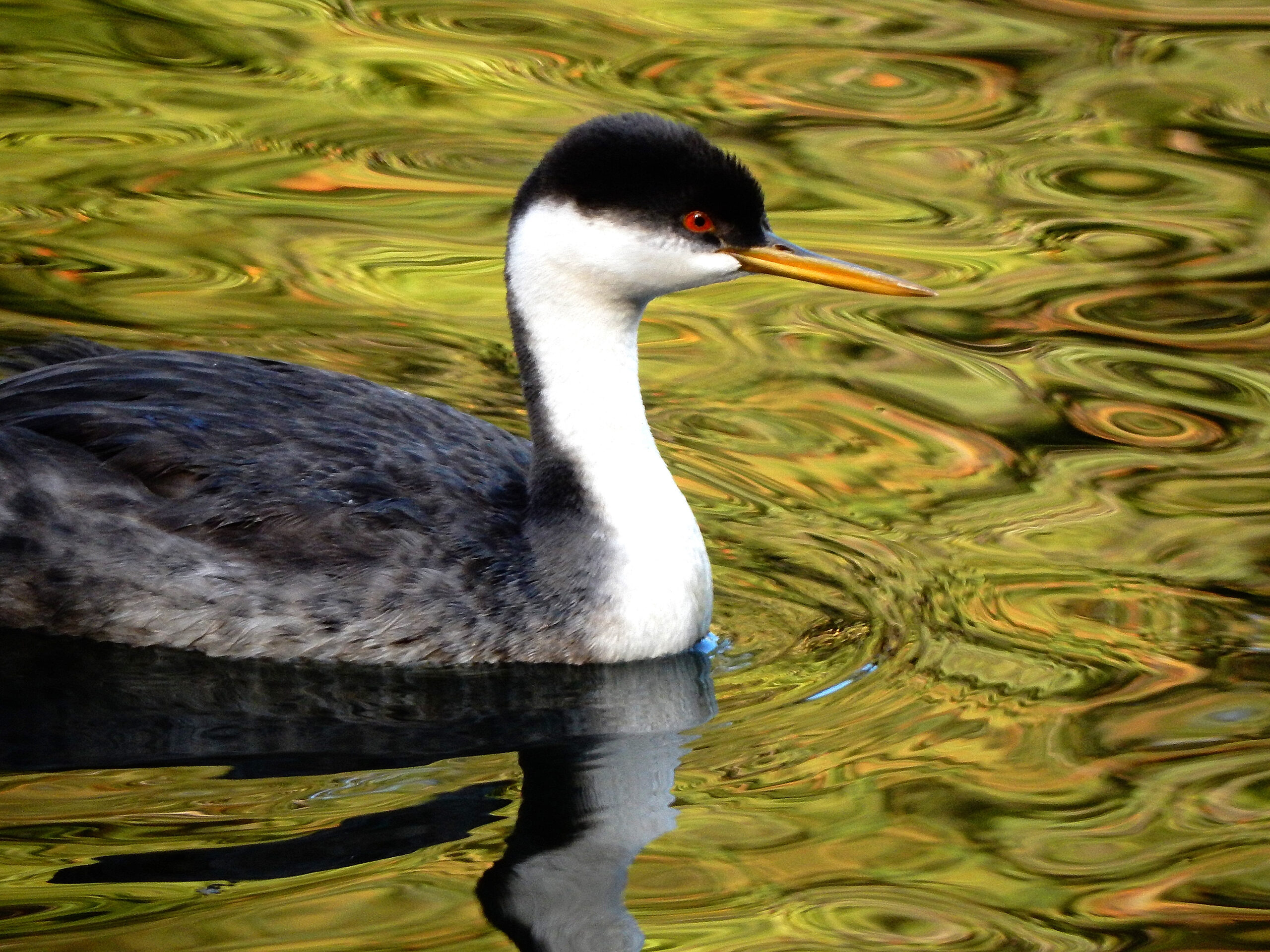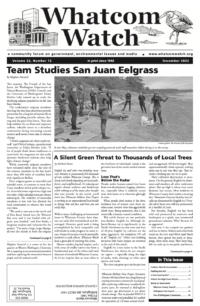by Joe Meche
Our resiliency was put to the test in mid-September when the unexpected forced us to change our proposed travel itinerary. Our initial plan involved a two-week, grand tour of three of our finest national parks — Glacier, Yellowstone, and Grand Teton — but it was not meant to be. Without going into the sordid details here, unforeseen auto repairs to our vehicle of choice cut deeply into our fuel budget, so we shifted gears and an alternate plan came into play. Just know, however, that we did just fine with our revised plan to spend one week camping and kayaking on three of our favorite lakes in three of our favorite state parks … closer to home.
In retrospect, the less than 1,000-mile journey turned into a pleasant alternative to the 2,500 miles we had planned for the Big Three in Montana and Wyoming. There’s always next year! In addition, we were happy that we could take our kayaks along this time, which we hadn’t planned to do on the longer trip. It’s often funny how things sometimes work in your favor after all is said and done.
As we set off on familiar roads, our farthest destination for the week came on the first day, just to take a big bite of the time we would spend on the road. This is a standard procedure for our road trips, so Curlew Lake State Park got the honor this time. Named for the long-billed curlews that once frequented the area, this 921-acre lake is seven miles long and offers a wide range of opportunities for every taste. Its location in northeastern Washington, north of the town of Republic, gives you a feeling of being far removed from the west side.
The 87-acre state park provides the only public access to the lake, but there are no limits to how far you can paddle your kayak or utilize other craft from the boat launch area. Though we’ve always talked about spending time at Curlew earlier in the year when more birds would be around, we’ve made all of our trips in the fall. The potential is there for nesting waterfowl and grassland species, so perhaps we’ll consider a spring trip in 2024. Lingering at the lake on our September visit were common loons, western grebes, hooded mergansers and a nesting pair of ospreys at the north end of the camping area.
Our first night was perfectly peaceful, and we had a great morning paddle after breakfast on Day Two. As we hiked above the lake in the afternoon, we could see that the weather was in the mood to change, which it did! The rain on the following morning compelled us to head into town to a comfortable coffee house/café to consider the day ahead. We decided to strike camp and check into the high Okanogan lakes, specifically Bonaparte and Loon Lakes. With wet and dreary as the theme at both lakes, it didn’t take long to decide that Day Three would begin with a shorter drive to another favorite and possibly dryer Alta Lake State Park.
Though considerably smaller than Curlew Lake, the setting for this lake tends to be more spectacular with cliffs that soar over 1,000 feet above the valley floor. Hiking trails lead uphill from the campground and eventually to the top of Old Goat Mountain, 4,200 feet above the park. Not surprisingly, the birdlife that flourishes at the lake in spring was not to be seen in mid-September … yet another recommendation for a spring camping trip. We did have a great campsite and the new thing in Washington state parks seems to be the added bonus of FREE showers!
We have a bit of history at Alta Lake, given that this was the first place that Cindy and I camped together in 1992. We were on the way in May to another first … a week at the Malheur National Wildlife Refuge in southeastern Oregon. Many of our grandkid camping trips have been at Alta, including the one that ended in a Level Three evacuation when the Carlton Complex fire leaped across the highway and the Methow River in 2014 and eventually consumed most the campground. We ended that camping trip at a hotel in Wenatchee where the grandkids loved the heated indoor swimming pool!
After two nights at Alta, with a chorus of great horned owls and coyotes, we headed north along the Methow River for our final two nights on the trip. Another familiar campground awaited us at Pearrygin Lake State Park, in the Methow Wildlife Area just up the road from Winthrop. Pearrygin didn’t fit our idea of camping for the longest time … until we realized how perfect it was, and still is. Perhaps the aging of the campers had something to do with us coming around to embrace hot showers and a peaceful, more controlled camping situation.
We launched our kayaks on the last morning at Pearrygin to find calm, mirror-like water for perfect paddling. In fact, Cindy said that it might have been her finest paddling ever. Given the wind during the day and into the evening just the day before, we felt slightly blessed by the travel gods. I think the sublime paddling on that morning was proof positive that we adjusted our plans to include our kayaks.
Pearrygin, like the other two lakes we visited, is often insane with good birds in spring and early summer. Whenever we take our fall trips we expect the low numbers, unless we follow the birds and travel farther south. On the other hand, there’s something special about camping in fall in the more northerly latitudes. We’ll save the southern route for the time that we become snowbirds, like so many other folks have done.
____________________
Joe Meche is a past president of the North Cascades Audubon Society and was a member of the board of directors for 20 years. He has been watching birds for more than 60 years and photographing birds and landscapes for more than 40 years.





























